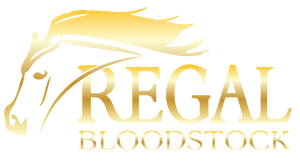Racehorse Conformation
Racehorse conformation
Racehorse Conformation is one of the most important factors to consider before you buy. A racehorse is an athlete and therefore its physical appearance, known as the horse’s conformation,
Conformation is the mixing of the different body parts of the horse, and how well they fit together visually and physically to create a high-performing, talented racehorse. It is the arrangement of muscle, bones, tissue, and overall body structure that come together to create the horse and the resulting athletic ability of said horse.
Naturally, a lot of emphasis for conformation is placed on the horse’s legs. The front legs support the majority of the weight of the running horse and the hind legs provide the propulsion forward.
Furthermore, these requirements are very significant to look out for when buying a horse.
Pedigree
This is the very first area to review when buying a horse. Pedigree plays a part in determining a horse’s future, the ultimate factor determining any horse’s success in sport is its functional conformation.
An understanding of the race performance of the ancestors will also indicate whether it has been bred to sprint or stay.
It is vital to pay high attention to the Dam’s facet of the breeding.
The pedigree will probably show what number foal it is out of the dam, what date it was foaled, list the sire, dam, grandsire, grand-dam, and the most important thing is showing the race performance of relations on the dam side.
Another thing is It provides a good guide to what you should expect to see in the horse, what kind of physical or mental traits run in the family and which members of the family had ability but didn’t race or win a race for other reasons.
Every horse is attributed with relation to pedigree and conformation. The artwork of picking a horse out at public sale or in the paddock is identifying which bodily characteristics will have an effect on the horse’s capability to race.
Looking at the pedigree of the horse can provide clues to faults that may also have been handed down from generation to generation, and whether or not these faults have an impact on the horse or on the racetrack.
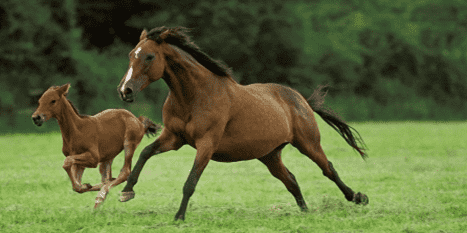
muscle tone
The power of muscle tone comes from a horse’s hindquarters so much attention to muscle and strength stretch comes from here.
Muscle definition across a horse’s shoulders additionally contributes to strength even though this is now not always built up when buying yearlings. A horse naturally develops from behind first with the shoulder being one of the last areas to develop.
Muscle is the powerhouse of a horse. It also adds support to horse’s skeleton and strength to its joints.
Everything about the muscle structure should reflect speed, power, endurance, and athletic ability.
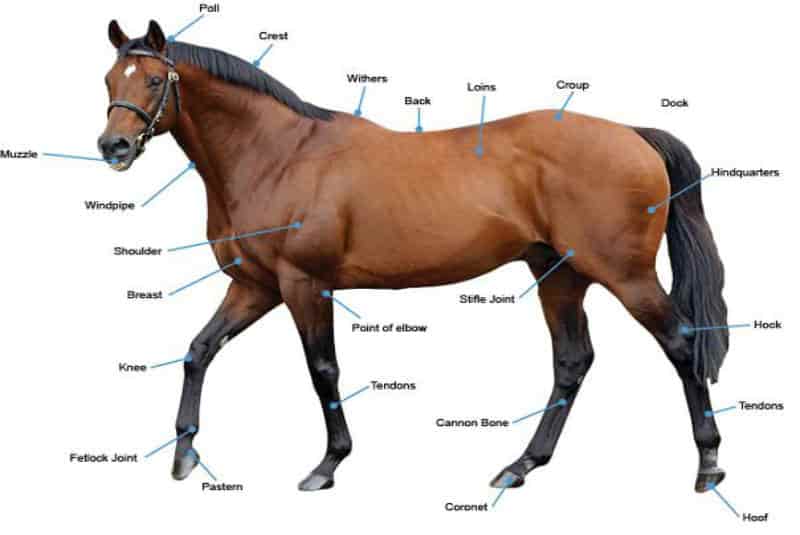
Bone Structure Conformation
A horse’s bone shape needs to be in proportion and it’s important to inspect a horse from every angle.
Does it have a good, strong, nicely developed bone structure?
From the rearview, the gaskin bone slant barely inwards between the stifle and the hock without turning the hock inwards as well. Working down the leg, the cannon bone must be shorter than the gaskin bone and align straight up with the factor of the butt.
It is additionally a top thought to experience the horse’s legs for any bumps or splints, or even worse any heat.
Good foot structure is incredibly important.
A horse must be in a position to lift its very own weight efficiently.
Many horse’s feet turn out (or in) barely or dish in circles in stroll and trot.
This leads to greater strain on joints which places them more susceptible to injury when under the pressures of training and racing.
A horse’s bone shape needs to be in proportion and it’s important to inspect a horse from every angle.
Does it have a good, strong, nicely developed bone structure?
From the rearview, the gaskin bone slant barely inwards between the stifle and the hock without turning the hock inwards as well. Working down the leg, the cannon bone must be shorter than the gaskin bone and align straight up with the factor of the butt.
It is additionally a top thought to experience the horse’s legs for any bumps or splints, or even worse any heat.
Good foot structure is incredibly important.
A horse must be in a position to lift its very own weight efficiently.
Many horse’s feet turn out (or in) barely or dish in circles in stroll and trot.
This leads to greater strain on joints which places them more susceptible to injury when under the pressures of training and racing.
Some of the areas to assess the structural bone conformation:
Legs – Start with straightness. When looking at a horse from the front with him standing quietly, the front legs should appear to be straight.
Cannon – The cannon should be short and flat when viewed from the side. It should have tight, well defined tendons set well back to give the appearance of abundant support below the knees
Bone – Bones in and leading to the knee should line up in a balanced manner; not tilting forward (“over at the knee” or “buck-kneed”) or back (“back at the knee” or “calf-kneed”), nor severely offset to one side or the other.
Pasterns – The pastern of the hind legs may be slightly longer than the front pastern and will slope at a greater angle.
Hoof – The hoof of the hind legs is sloped, slightly more than the forefoot. The angle of the hoof and pastern should be equal.
Length of rein – properly balanced and in proportion
Walk – does the racehorse have a pleasant flowing walk with an appropriate overstep
Hocks – It should be clean, well-defined, powerful, and having no soft tissue swelling or bony projections.
Back – The back extends from withers to loin or last rib. It should be short, straight, strong and muscular.

Balance
Balance essentially means how proportioned a horse is and how this relates to his athletic ability. It refers to equal distribution of muscling and weight from the front of the horse to the back of the horse, from its top to its bottom and from side to side.
Balance is essential for both quality of movement and performance in any event, and is determined by the horse’s bone structure.
When looking at balance, the neck, back, and hip need to be of equal size in order for a horse to be properly proportioned.
Younger horses are usually barely greater up in their withers or quarters but this is because there is greater development to come. Some even say horses aren’t wholly grown into themselves till they are 5-years old so anticipate seeing some traits in a 2-year old.
Overall balance is important for most equine work.
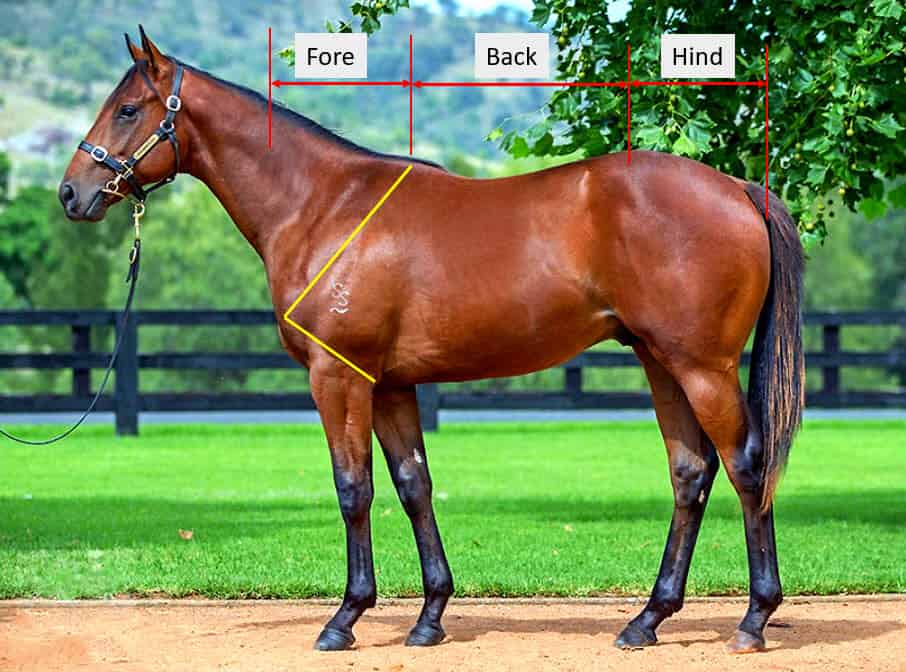
Below are the illustrations:
Neck
A well-balanced horse will have a long, smooth neck. The neck should: Be proportional to body size. Tie cleanly into the shoulders and withers. Tie high into the chest.
Back
The back extends from the withers to the loin and has to be short relative to the underline. Top: A short and solid back allows for carrying extra weight. Bottom: A long underline let on the rear legs reach far underneath for a long stride.
Croup and Hip
The croup and hip are essential parts of the hindquarters, which are the engine of a horse’s stride. The hip must be long and sloping. The croup has to blend smoothly over the hindquarters.



In Conclusion
This article provides only a very general guideline related to racehorse conformation.
The above criteria will assist you in your endeavour to select a potentially sound and capable racehorse.
Please feel free to contact me mark@regalbloodstock.com if you would like assistance in your search for a future champion
RACEHORSES FOR SALE
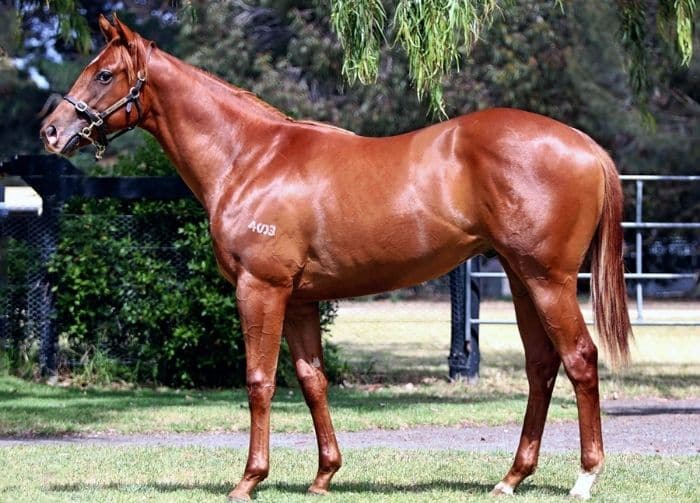
Deep field x it's a myth
Trainer Phillip Stokes
Quality Colt. Super Pedigree
Purchased : $225,000
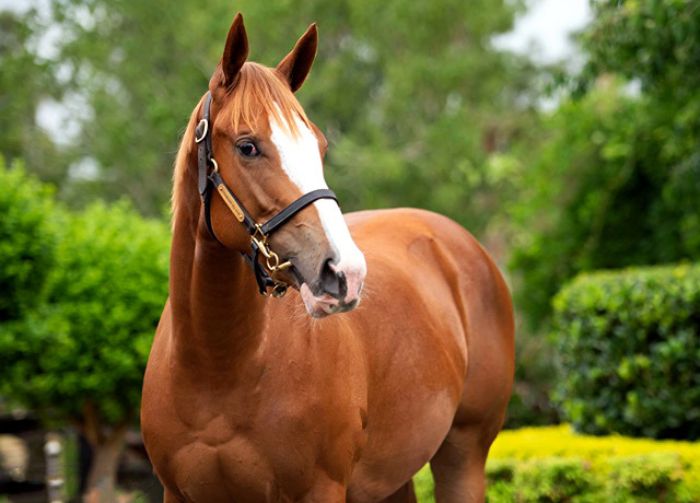
Written Tycoon x Quiet Kitten
Trainer John McArdle
Tier 1 Filly. Proven International Pedigree
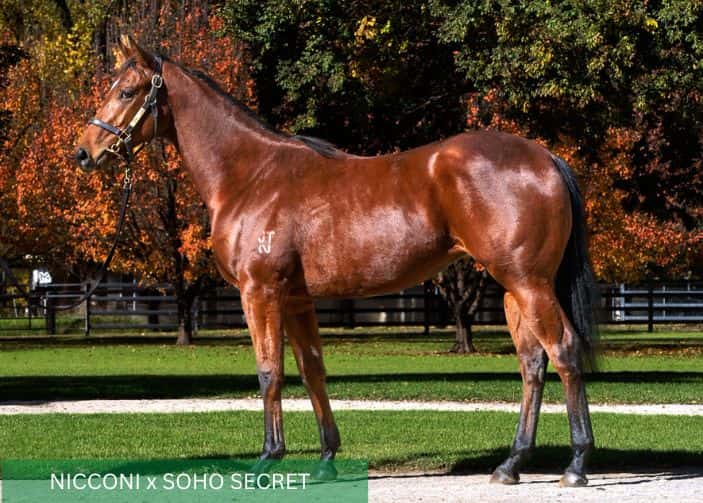
NICCONI X SOHO SECRET
Trainer Phil Stokes
Stunning Filly. Half to GP1 Winner Vanbrugh
